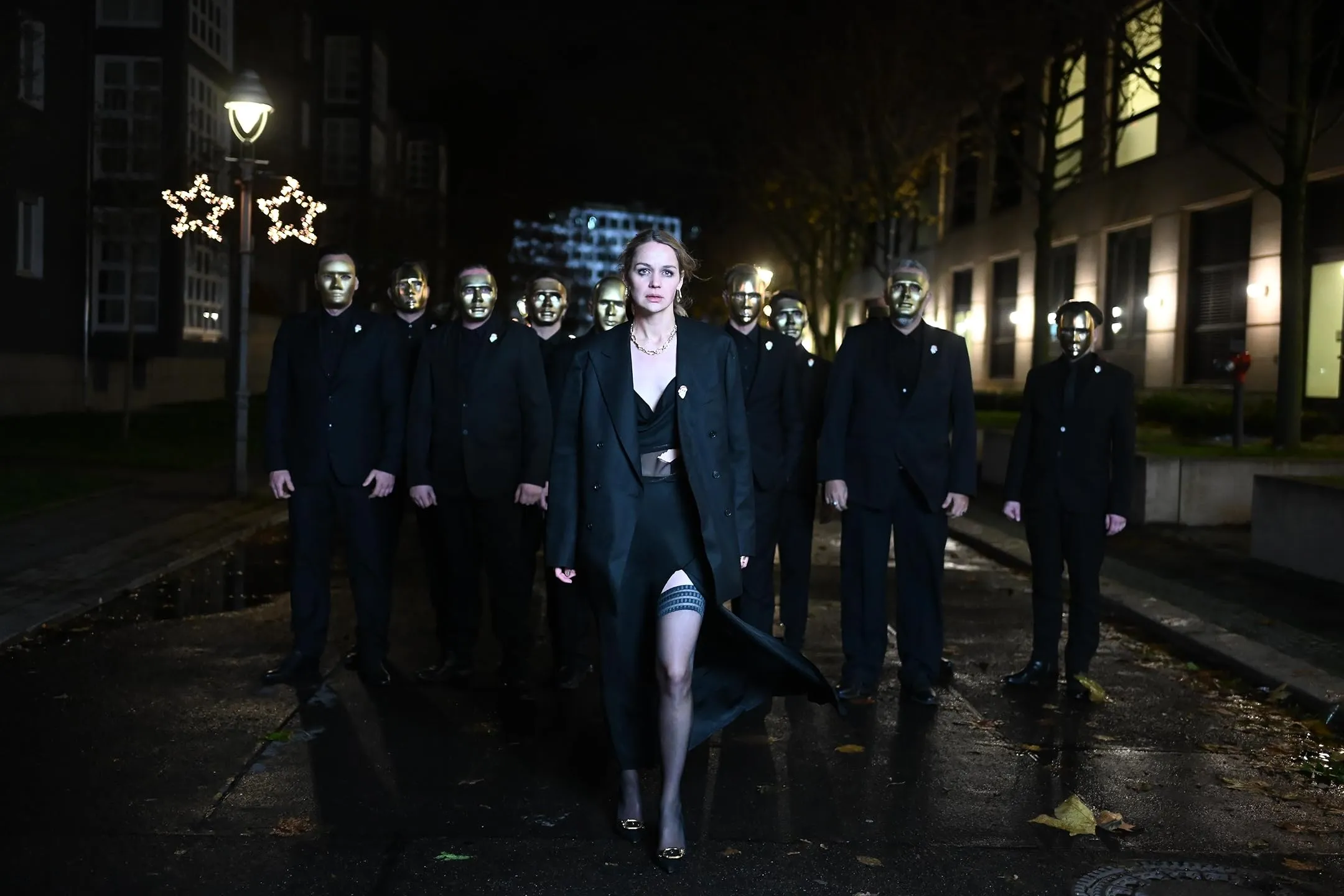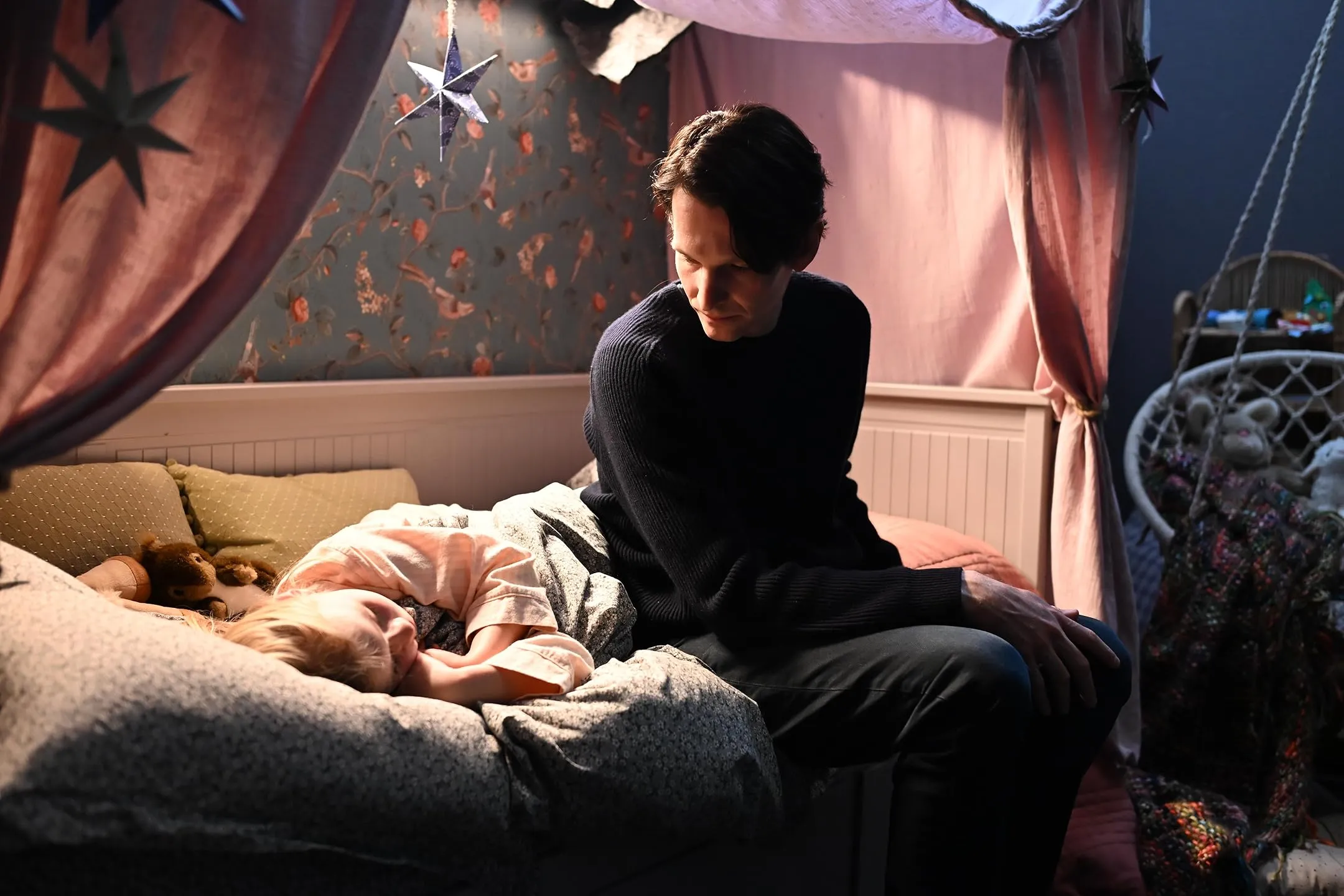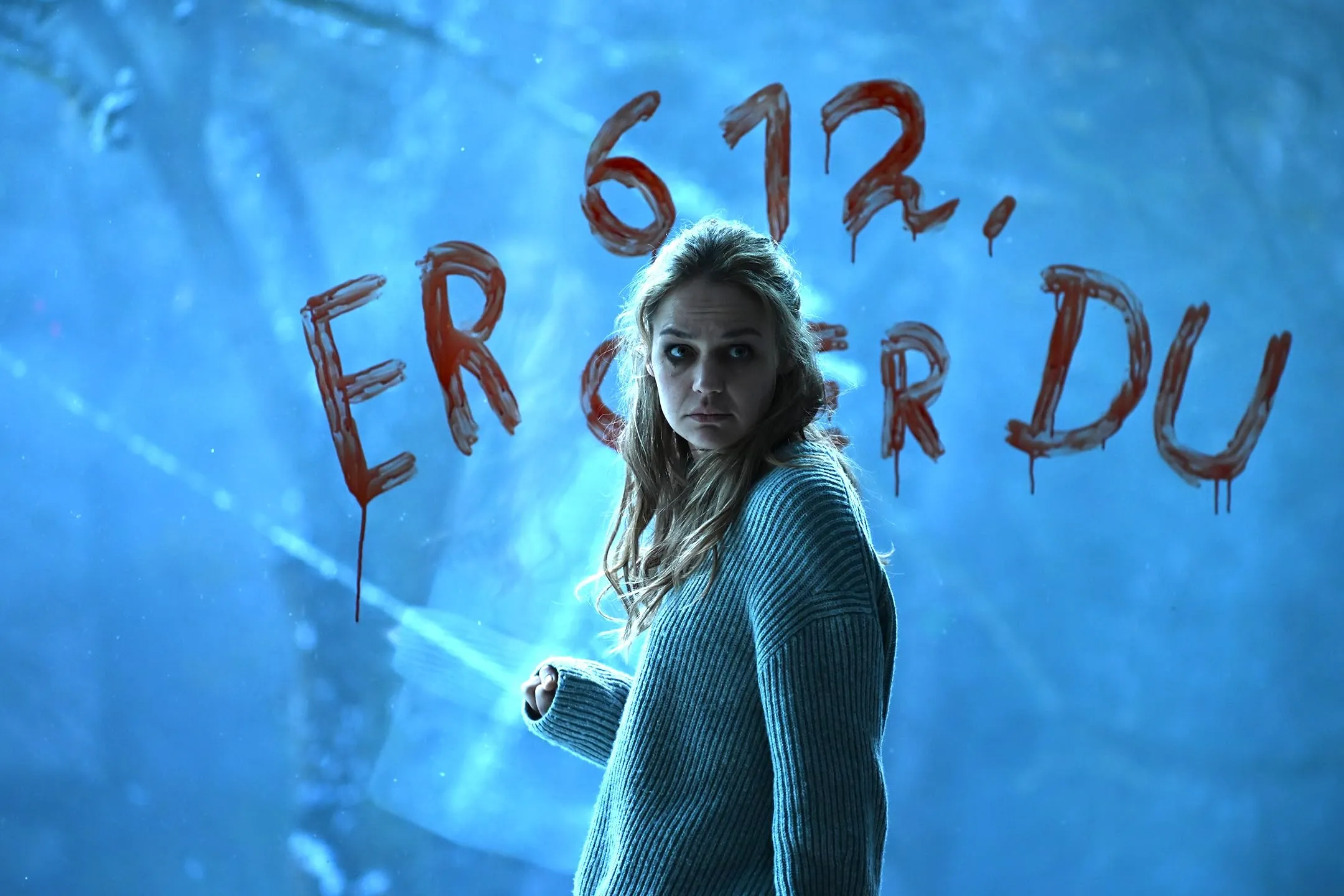The Calendar Killer, streaming on Amazon Prime, explores the dark corners of human experience through a German film directed by Adolfo J. Kolmerer. Adapted from Sebastian Fitzek’s novel, the story unravels a gripping narrative centered on a serial killer’s sinister game and the complex dynamics of domestic violence. This film peels back the layers of human struggle, compelling viewers to examine raw, uncomfortable social realities.
The film creates a stark cinematic atmosphere charged with tension and psychological depth. Dark visual compositions and carefully crafted scenes immerse audiences in a world where emotional turmoil seethes beneath the surface.
The narrative moves beyond typical crime thriller conventions, examining how individuals confront extreme circumstances. Each frame builds a sense of unease, challenging viewers to understand the intricate emotional landscapes of characters trapped in desperate situations.
By focusing on the psychological undercurrents of violence and survival, The Calendar Killer offers a stark exploration of human resilience and the profound impacts of trauma. The film transforms a crime narrative into a profound study of human vulnerability and the desperate measures people might take when pushed to their limits.
A Dance with Darkness: The Plot Unraveled in The Calendar Killer
The Calendar Killer presents a dark narrative centered on a brutal psychological challenge. The killer creates a terrifying scenario where victims must make an impossible choice between their own survival and their partner’s life. This premise exposes the depths of human suffering and psychological manipulation.
Klara, powerfully portrayed by Luise Heyer, represents the devastating impact of domestic abuse. Trapped by her husband Martin, she finds herself in an impossible situation with seemingly no escape. Her vulnerability and desperation become the core of the story’s emotional landscape.
Jules, played by Sabin Tambrea, emerges as a critical support for Klara. As a helpline operator, he becomes her connection to potential salvation. The story intensifies as the countdown to midnight on December 6 creates a palpable sense of urgency and impending danger.
Interspersed flashbacks reveal the complex history that has led Klara to this moment. These glimpses expose the systemic nature of abuse and the psychological chains that bind victims to their abusers. The narrative goes beyond a simple thriller, diving deep into the psychological terrain of survival and trauma.
Through Klara’s experience, the film explores the intricate dynamics of domestic violence, challenging viewers to understand the profound emotional and psychological challenges faced by those trapped in abusive relationships.
The Hearts of Darkness: Character Analysis in The Calendar Killer
In “The Calendar Killer,” Klara emerges as a nuanced character wrestling with deep emotional turmoil. Luise Heyer delivers a raw performance revealing a woman trapped in a cycle of fear and silent resistance. Klara exists within a suffocating relationship marked by her husband’s calculated emotional destruction.
Martin’s interactions with her blend manipulation and threat, creating a toxic environment that erodes her sense of self. She grapples with complex emotions—protecting her daughter, experiencing internal conflict, and surviving constant psychological pressure.
Jules, a helpline operator, offers a counterpoint to Klara’s isolation. Sabin Tambrea portrays him as a wounded yet compassionate listener. Their phone exchanges reveal layers of shared vulnerability, creating a subtle connection that transcends traditional support structures. Through their conversations, the narrative explores human resilience and unspoken pain.
Martin represents a stark depiction of domestic oppression. His character embodies systemic violence, moving beyond individual cruelty to expose broader societal mechanisms that enable abuse. Each interaction with Klara illuminates the intricate psychological landscapes of control and survival. The film crafts a stark exploration of human endurance when confronted with sustained emotional violence.
Shadows of Choice: Thematic Exploration in The Calendar Killer
The Calendar Killer explores domestic violence through a stark lens, revealing the devastating impact of abuse on Klara’s life. The film avoids sensationalism, presenting a raw depiction that explores the psychological toll of living under oppression.
Klara’s internal battle emerges with gut-wrenching intensity; each interaction with her husband Martin intensifies the suffocating atmosphere of terror and despair that defines her world. The story reveals violence as a destructive force that crushes individual identity. Klara struggles through her bleak reality, subjected to Martin’s emotional manipulation, which exposes the hidden wounds carried by those trapped in abusive cycles.
The narrative presents a complex moral landscape where survival challenges ethical boundaries. The killer’s chilling proposition—forcing Klara to choose between her life and her abuser’s—exposes the human struggle with moral choices during extreme circumstances. This scenario challenges viewers to consider the depths of self-preservation and the ethical lines one might cross when facing potential destruction.
The film critiques societal silence surrounding domestic violence. By presenting Klara’s experience against a backdrop of collective indifference, it exposes how victims remain unheard and unsupported. The narrative’s somber tone serves as a powerful critique of cultural mechanisms that enable continued abuse.
Framing Despair: Cinematography and Direction in The Calendar Killer
Adolfo J. Kolmerer guides “The Calendar Killer” through a deep exploration of human struggle. The film delves into Klara’s world with careful precision, stripping away sensational elements to reveal raw emotional depth. Kolmerer crafts each scene with deliberate intent, inviting viewers to experience the character’s internal landscape.
The film’s visual approach creates an intense psychological terrain. Cinematography transforms light and shadow into narrative elements, capturing Klara’s inner darkness. Winter’s muted palette becomes a metaphor for emotional isolation, with carefully framed shots that communicate unspoken tension. Dimly lit spaces and strategic visual compositions expose the characters’ hidden vulnerabilities.
Moments of quiet discomfort punctuate the narrative, revealing the complex psychological terrain of abuse and survival. Klara’s experience emerges through nuanced performances and restrained visual storytelling. The film avoids graphic depictions, instead focusing on the subtle emotional weight of her circumstances.
The Weight of Time: Atmosphere and Pacing in The Calendar Killer
In The Calendar Killer, the atmosphere suffocates viewers from the first frame. Dense, oppressive lighting and tight framing construct a claustrophobic world that mirrors Klara’s inner turmoil. Muted sounds and distant reverberations weave through the film, creating an unsettling sonic environment. The score pulses like a hidden heartbeat, threading moments of danger with an underlying sense of impending doom.
Klara’s psychological landscape emerges through meticulously crafted sensory details. Whispers and echoes create a textured soundscape that heightens emotional tension. Musical elements intertwine with visual cues, generating a visceral experience that pulls viewers deeper into the story’s dark corridors.
The film struggles with narrative rhythm. Carefully constructed emotional moments occasionally lose momentum, causing the story to drift. Sections feel extended, disrupting the narrative’s urgent pulse. The climax arrives abruptly, threatening to unravel the carefully spun web of suspense that preceded it.
Despite these structural challenges, The Calendar Killer remains an intense cinematic experience that explores psychological darkness through calculated sensory manipulation.
The Complexity of Shadows: A Reflection on The Calendar Killer
The Calendar Killer delves into the psychological landscape of trauma and domestic violence through Klara’s intense personal experience. The film explores deep character dimensions, revealing the emotional complexity of surviving abuse. Kolmerer’s directorial approach creates a stark, immersive environment that draws viewers into Klara’s internal struggles.
The narrative weaves a powerful exploration of personal choice and survival, challenging audience perceptions about victimhood. Compelling performances and sharp visual storytelling underscore the raw emotional terrain of Klara’s journey. Cinematography captures subtle nuances, transforming her psychological battle into a visceral cinematic experience.
While the storytelling encounters some structural challenges near its final sequences, the core message remains potent. The film presents a raw, unfiltered examination of domestic violence’s psychological aftermath, provoking critical reflection on survival and personal agency.
The Review
The Calendar Killer
"The Calendar Killer" delivers a gripping examination of domestic violence through an intense cinematic lens. The film showcases powerful acting and creates a raw, unsettling environment that confronts viewers with challenging emotional terrain. Despite its strengths in character portrayal and narrative depth, the movie struggles with uneven storytelling and occasional narrative telegraphing that diminish its overall dramatic tension.
PROS
- Strong character portrayals, particularly by Luise Heyer as Klara and Sabin Tambrea as Jules.
- The film successfully creates a pervasive sense of dread through sound design and cinematography.
CONS
- The film experiences slow sections that dilute suspense and tension, especially towards the climax.
- Some narrative twists can feel clichéd or foreseeable, undermining the thriller aspect.
- Limited exploration of secondary characters may detract from the overall impact of the story.





















































